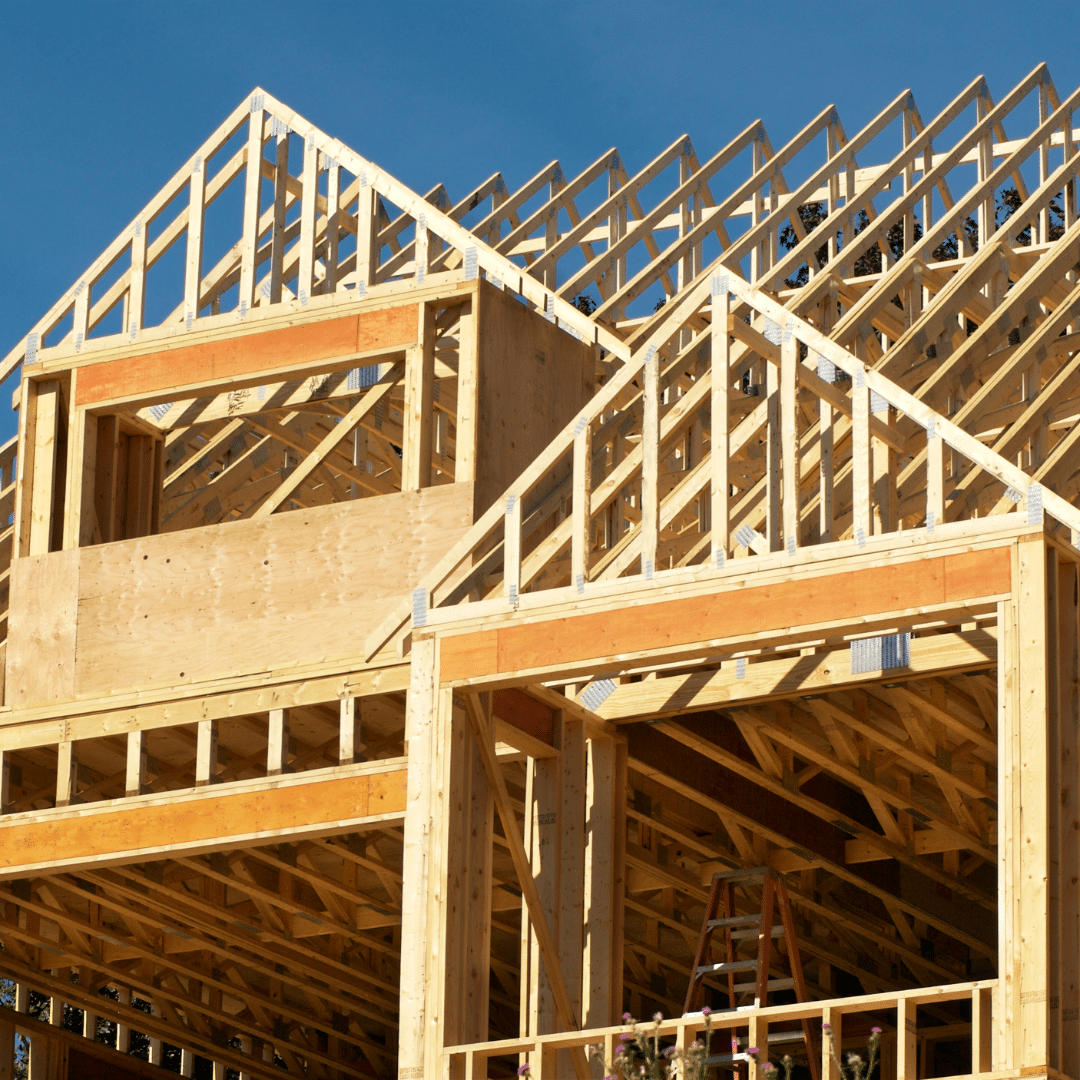Land Use Planning And Zoning
STUDY FINDS GOVERNMENT REGS ARE 25% OF NEW-HOME COST
Homebuilding is one of the most regulated industries on earth, and a study published by NAHB helps confirm this unfortunate fact.
Regulations come in many forms and can be imposed by governments at different levels. At the local level, jurisdictions may charge permit, hook-up, and impact fees and establish development and construction standards that either directly increases costs to builders and developers, or cause delays that translate to higher costs. State governments may be involved in this process directly or indirectly. Several states, for example, have adopted state-wide building codes. And although impact fees are imposed by local governments, such fees typically cannot be imposed without enabling legislation at the state level. The federal government can also impact the price of a home for example, by requiring permits for stormwater discharge on construction sites, which may lead to delays in addition to the hard cost of filing for a permit. These are only a few examples of regulations that builders and developers encounter in practice.
Homebuilding is one of the most regulated industries on earth, and a study published by NAHB helps confirm this unfortunate fact.
Regulations come in many forms and can be imposed by governments at different levels. At the local level, jurisdictions may charge permit, hook-up, and impact fees and establish development and construction standards that either directly increases costs to builders and developers, or cause delays that translate to higher costs. State governments may be involved in this process directly or indirectly. Several states, for example, have adopted state-wide building codes. And although impact fees are imposed by local governments, such fees typically cannot be imposed without enabling legislation at the state level. The federal government can also impact the price of a home for example, by requiring permits for stormwater discharge on construction sites, which may lead to delays in addition to the hard cost of filing for a permit. These are only a few examples of regulations that builders and developers encounter in practice.


The study points out that the relatively high share of regulatory costs affecting a home during its development is particularly significant in the current environment when there is a low level of developed land in the pipeline. Thus, in most cases, the full range of regulatory costs – those that fall on development as well as construction – will need to be overcome if production and employment in the housing industry are to get back on track. For more information, contact study author Paul Emrath at 800-368-5242, x8449.

